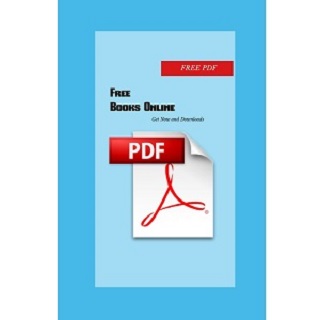
☛ Click [ PDF ] Magnetism and transition metal complexes ☚
▶▶ Download Magnetism and transition metal complexes Books
 Download As PDF : Magnetism and transition metal complexes
Download As PDF : Magnetism and transition metal complexes
Detail books :
Author :
Date :
Page :
Rating : 4.5
Reviews : 4
Category : Book

Reads or Downloads Magnetism and transition metal complexes Now
0412112302
Magnetism in Transition Metal Complexes ~ Magnetism in Transition Metal Complexes • Since spinorbit coupling is usually small for lighter transition metals we can treat S and L independently as was done in the earlier equation for µLS • This isn’t true for heavy metals and their magnetism is
Magnetism of firstrow transition metal complexes ~ Magnetism Introduction Movement of an electrical charge which is the basis of electric currents generates a magnetic field in a material Magnetism is therefore a characteristic property of all materials that contain electrically charged particles and for most purposes can be considered to be entirely of electronic origin
Magnetic Properties of Transition Elements Detailed ~ The transition metals which contain paired electrons depict diamagnetic behavior Explanation for magnetic properties An electron is a charged particle negatively charged which revolves around the nucleus and spins on its own axis A magnetic field is generated due to the orbital motion and spin of the electron
Magnetic Properties of Transition Metal Complexes ~ Magnetic Properties of Transition Metal Complexes Elementary Theory of MagnetoChemistry The history of magnetism starts earlier than 600 but the initiation of conceptual understanding dates back only in the twentieth centmy after which the scientific community started developing technologies
Magnetic Properties Introduction to Chemistry ~ An interesting characteristic of transition metals is their ability to form magnets Metal complexes that have unpaired electrons are magnetic Since the last electrons reside in the d orbitals this magnetism must be due to having unpaired d electrons
Magnetic Moments of Transition Metals Chemistry LibreTexts ~ Magnetic moments are often used in conjunction with electronic spectra to gain information about the oxidation number and stereochemistry of the central metal ion in coordination complexes
211 Magnetic Behavior of Complex Ions Chemistry LibreTexts ~ An interesting characteristic of transition metals is their ability to form magnets Metal complexes that have unpaired electrons are magnetic Since the last electrons reside in the d orbitals this magnetism must be due to having unpaired d electrons
193 Spectroscopic and Magnetic Properties of Coordination ~ Paramagnetic substances are attracted to magnetic fields Many transition metal complexes have unpaired electrons and hence are paramagnetic Molecules such as N 2 and ions such as Na and FeCN 6 4− that contain no unpaired electrons are diamagnetic Diamagnetic substances have a slight tendency to be repelled by magnetic fields
Coordination complex Wikipedia ~ Synthesis of copperIItetraphenylporphyrin a metal complex from tetraphenylporphyrin and copperII acetate monohydrate Transition metal complexes often have spectacular colors caused by electronic transitions by the absorption of light For this reason they are often applied as pigments






0 Comments:
Post a Comment